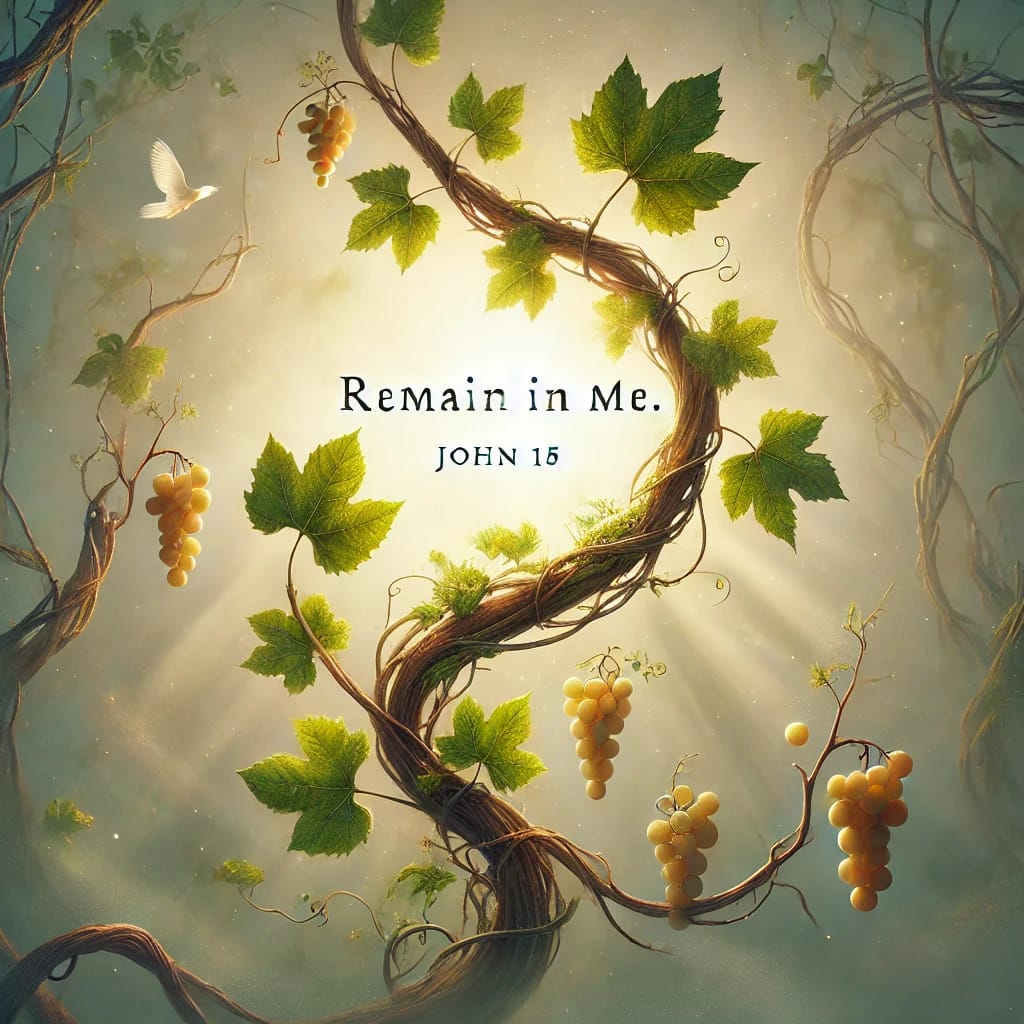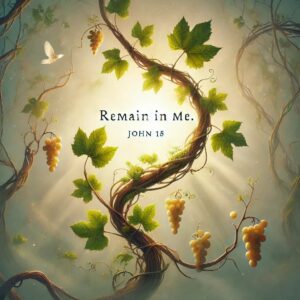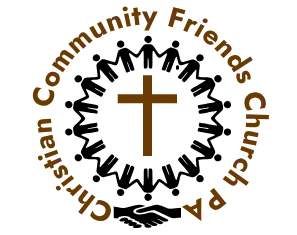Remain in me (John 15)
Remain in me (John 15)

John 15:4 says: “Remain in me, as I also remain in you. No branch can bear fruit by itself; it must remain in the vine. Neither can you bear fruit unless you remain in me.”
It is crucial that we respect each other’s unique identities, cultures, traditions, and customs. This mutual respect helps us find a common place for worship in our churches and bridges gaps in our communities. Personally, I have moved from a close-knit, communion-based society with extended family living systems. I am not entirely sure if this is purely cultural. Still, as I explore deeper conversations on “culture” and its diversity, I often fear it might divide us instead of uniting us in Christ—especially in South Asian communities that include Bhutan, Nepal, India, Japan, Korea, and others.
Books like “Diverse Worship” by Maynard-Reid provide a general understanding of the diverse people groups in our community and globally. They also offer insights into mutual values, respect, and honoring each other amidst differences. This approach can help us find a common ground for worship in our churches. However, many authors and researchers still struggle to understand why South Asian churches remain divided. Why is there immense diversity among people who share the same language and appearance? The answer may seem simple yet complex to outsiders.
To illustrate, I am ethnically Mongol, and my caste is “Tamang.” Within this, my sub-caste is “Moktan,” which carries its own distinct identity, culture, traditions, music, dance, and language. Even within the broader “Tamang” community, having the same surname does not necessarily mean we are related, as variations in language, rituals, customs, beliefs, and disagreement exist among the same caste.

Despite these complexities, it’s intriguing to observe efforts toward “unity in diversity” in Western countries and Europe, evident in industries, hospitals, schools, colleges, and universities. While full integration (or infirmity) might be unattainable, unity is at least a road we can pursue. Governments and private institutions actively work on this concept, yet divisions persist. Why?
For me, the solution is found in the first part of John 15:4: “Remain in me.” Here, “Me” refers to Jesus the Messiah, the “Anointed One.” Jesus transcends both major and minor cultures, uniting us in the same Spirit, body, baptism, hope, and resurrection. He is the center of our hope for unity. Without Jesus, human efforts toward unity are futile because they depend solely on human ideas. Jesus is the head of the Church, and the Church is His body; the ultimate is the church to establish a diverse community under one umbrella: Jesus because Jesus superseded and remains a legitimate initiator of all this beauty.
We mark our identity by confessing our faith in Christ’s justifying work on the cross, fully participating in His death and resurrection, and living in the hope of His second coming. Paul emphasizes this in Colossians 2:12: “Having been buried with him in baptism, in which you were also raised with him through your faith in the working of God, who raised him from the dead.” Additionally, 2 Corinthians 5:17 declares: “Therefore, if anyone is in Christ, the new creation has come: The old has gone, the new is here!” Galatians 3:28 beautifully states: “There is neither Jew nor Gentile, neither slave nor free, nor is there male and female, for you are all one in Christ Jesus.”
These verses reflect God’s vision for the world: that one day, all nations will come together and bow before Him.
Let me delve into the context of John 15, a little clearer text message. This passage is part of Jesus’ Farewell Discourse, found in John 13-17, delivered to His disciples the night before His crucifixion. It is set during the Last Supper, where Jesus prepares His disciples for His departure, emphasizing unity, love, and the coming guidance of the Holy Spirit. The atmosphere was charged with emotion, confusion, fear, and uncertainty. Jesus was preparing His disciples for His departure—a moment beyond our imagination regarding the faith and heavy hearts on both sides.
Reflecting on this, consider how hard it is for us, accustomed to living in communal family settings, to say goodbye to our loved ones. The intensity of the moment is profound: Jesus, the Messiah whom the disciples dearly loved, is about to be handed over for judgment, punishment, and, ultimately, death for our sins and transgressions.
Amid this, Jesus assures His disciples with the words, “I am the vine” and “Remain in me.” His confidence in this message is beyond human comprehension, revealing a divine perspective. The imagery of the vine and branches also echoes back to the Garden of Eden in Genesis 2-3, where life flourished through God’s provision. Sin brought chaos and disorder to creation, but Jesus’ intense struggle in Gethsemane—captured in Luke 22:44 as His sweat fell like drops of blood—symbolizes the cleansing of sin that originated in Eden.
This emphasizes Jesus’s deep love for humanity, evident in John 3:16: “For God so loved the world that He gave His one and only Son…” He doesn’t want us to go on our own. In John 15:15, He calls us “friends” and promises the Spirit of Truth in verses 26-27 to testify, comfort, guide, and point us back to Jesus.
Today’s final message to the church and the world who is reading these words of God,
Jesus’ commandments in verses 12-17 are clear: remain in His love and love one another as He has loved us, bearing fruit as witnesses of His love. Will you choose to remain in Him and demonstrate His love to the world?

